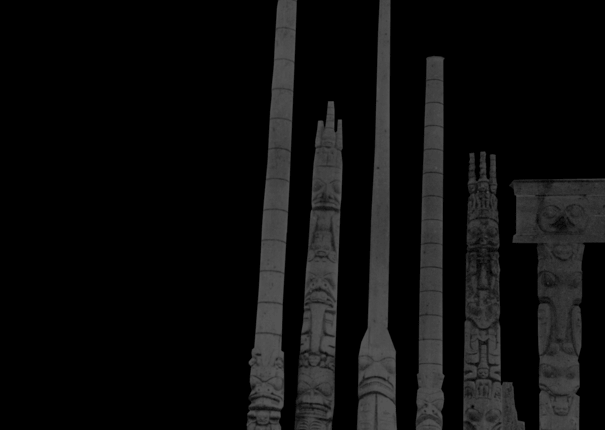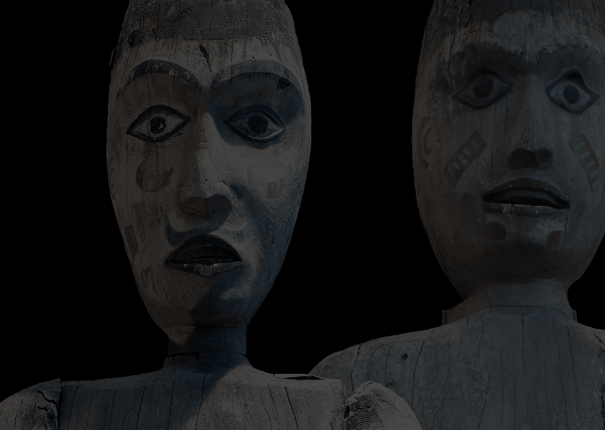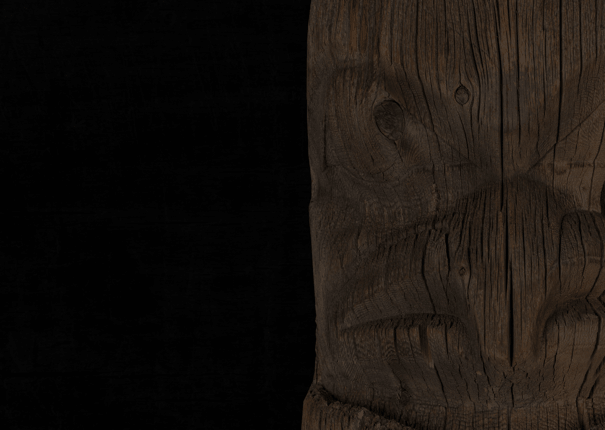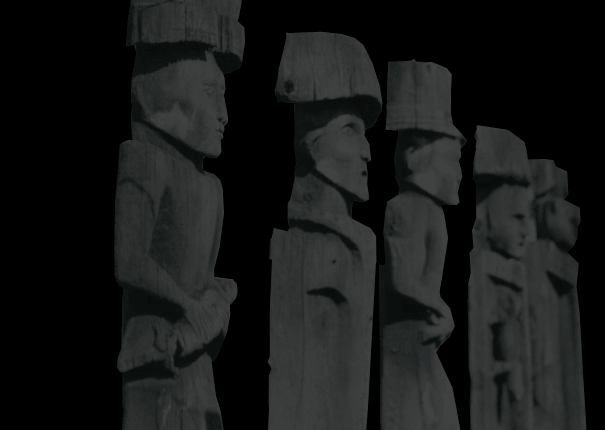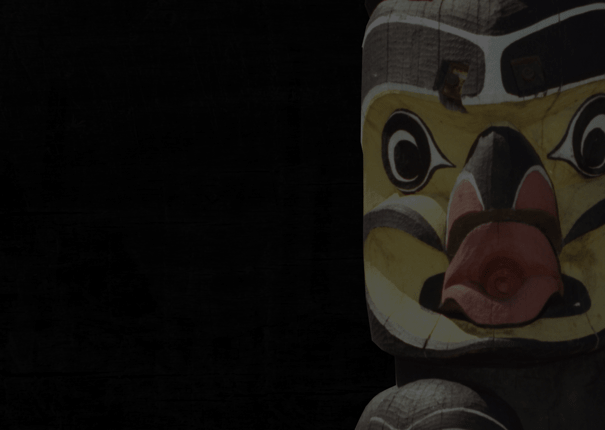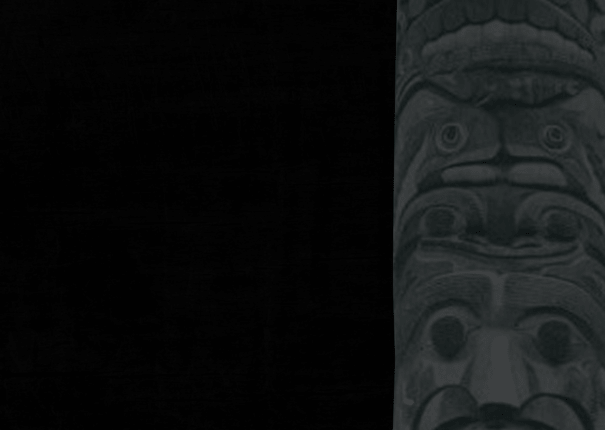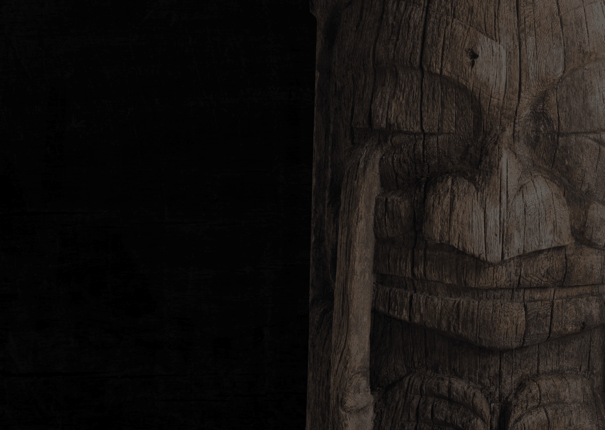Image

Stories Carved in Cedar
Carvings shown here, from the collections of the Royal British Columbia Museum, have survived the ravages of time, social disruption, and dislocation to move toward a more hopeful future. They speak of territories and laws, celebration and loss, accomplishments, families, and encounters with supernatural beings. In doing so, they reflect the enduring spirit of the peoples who created them.
SCROLL DOWN
Image
